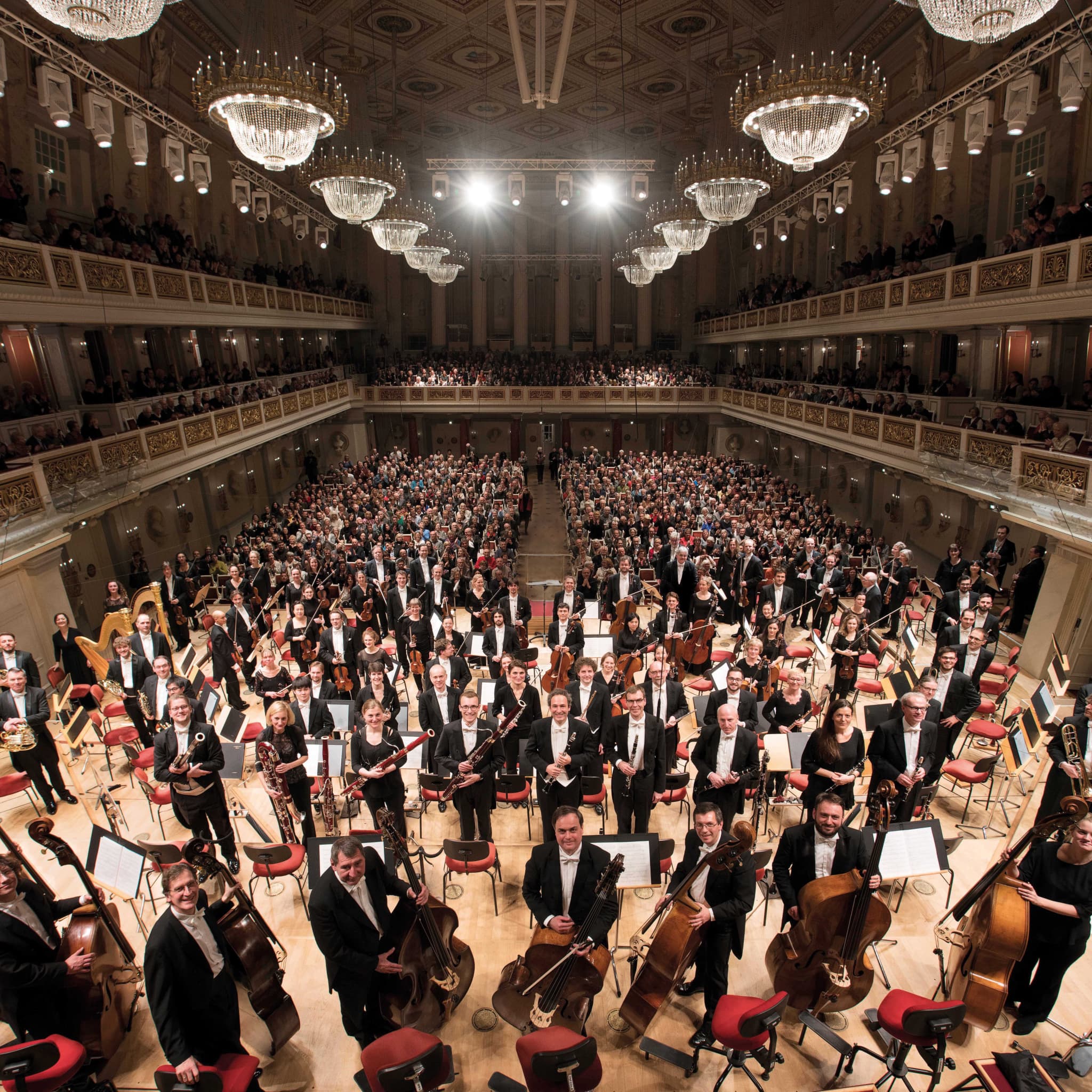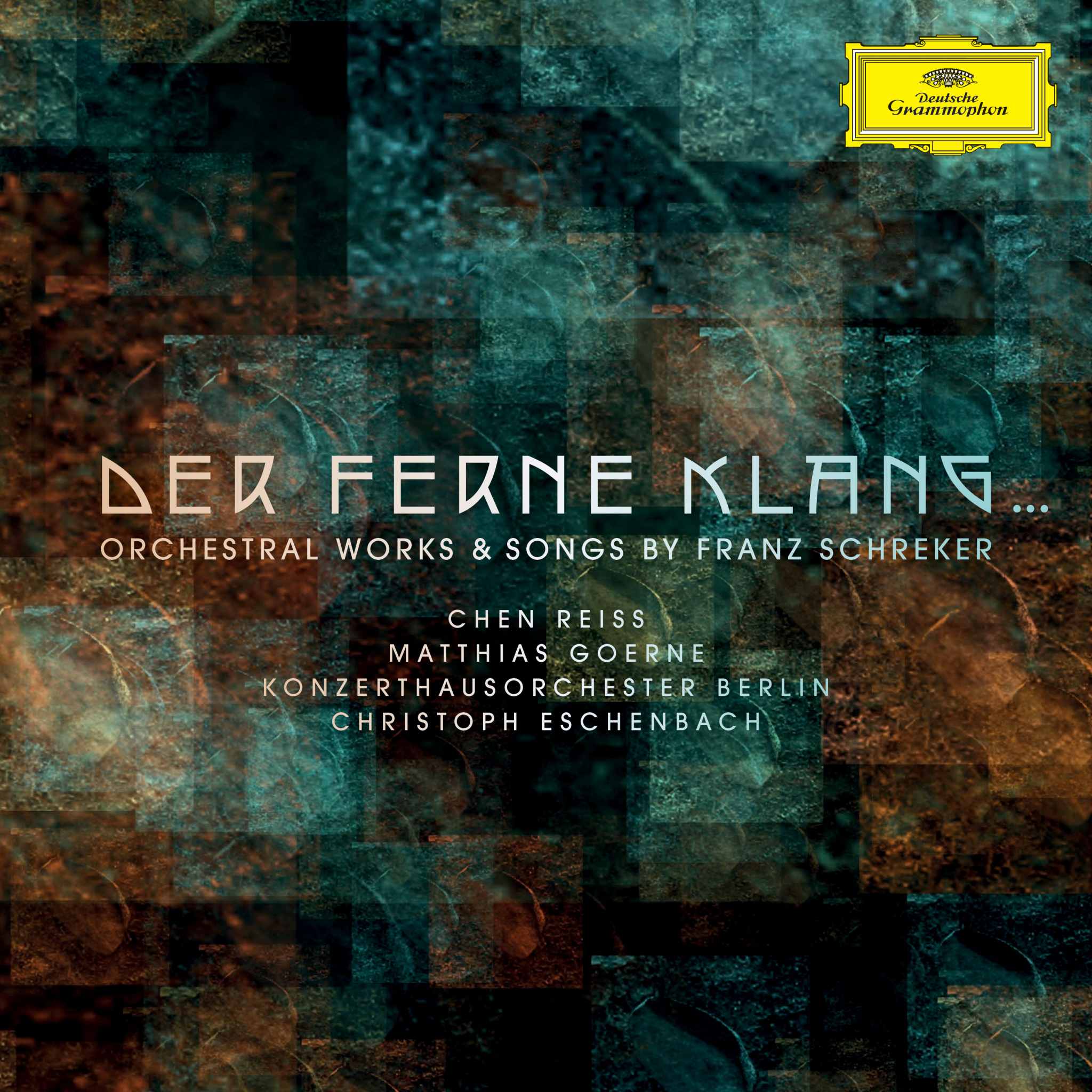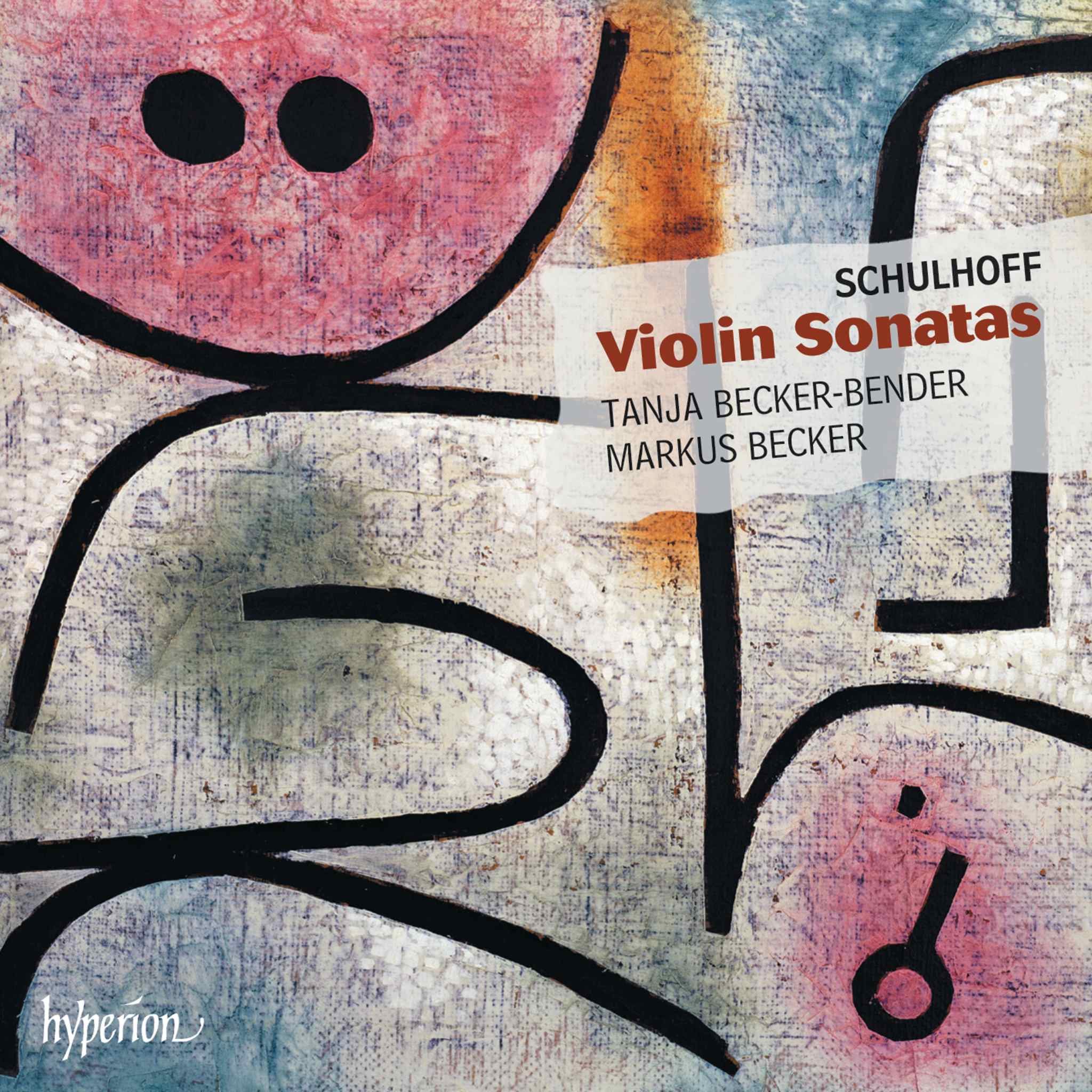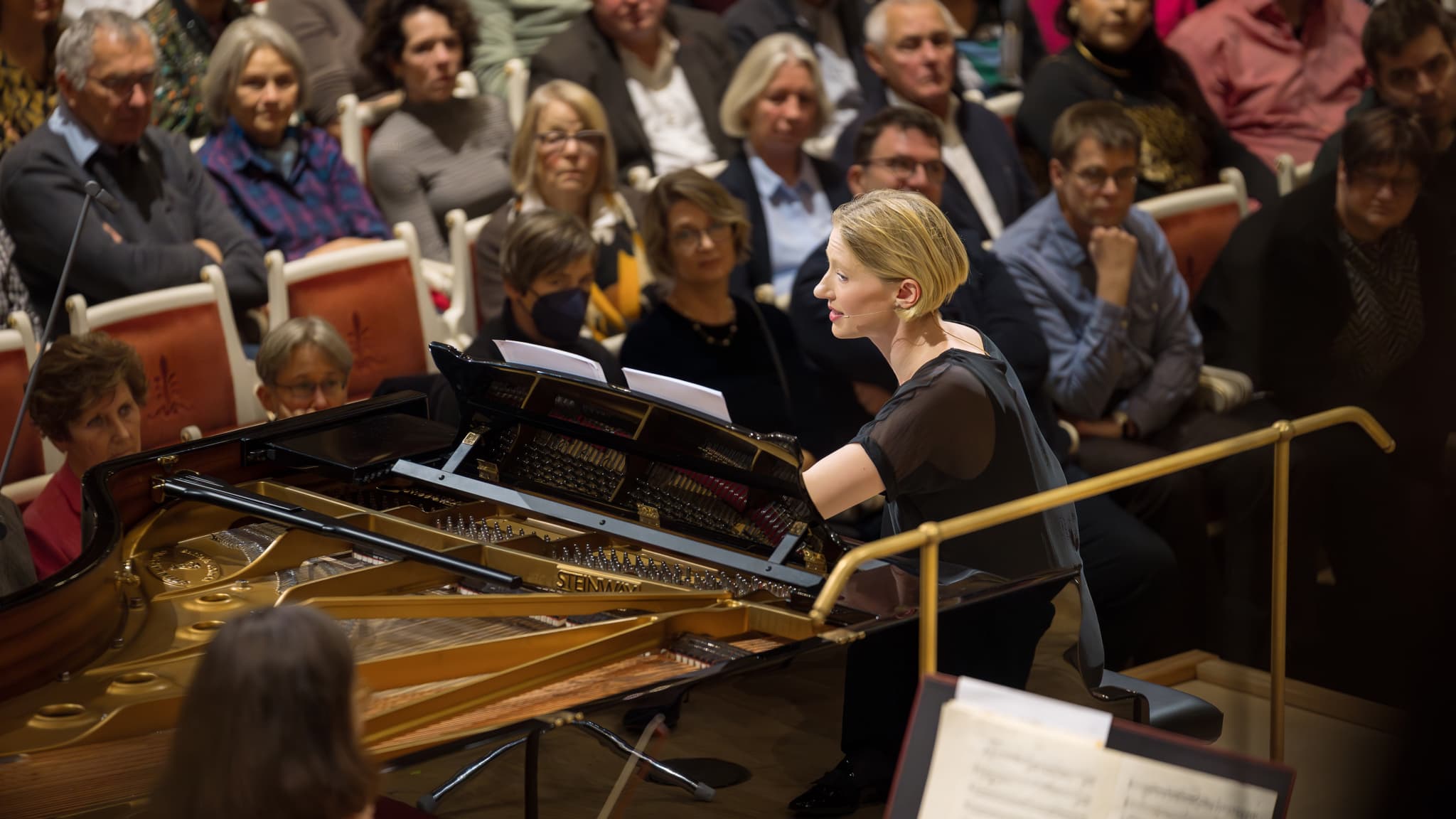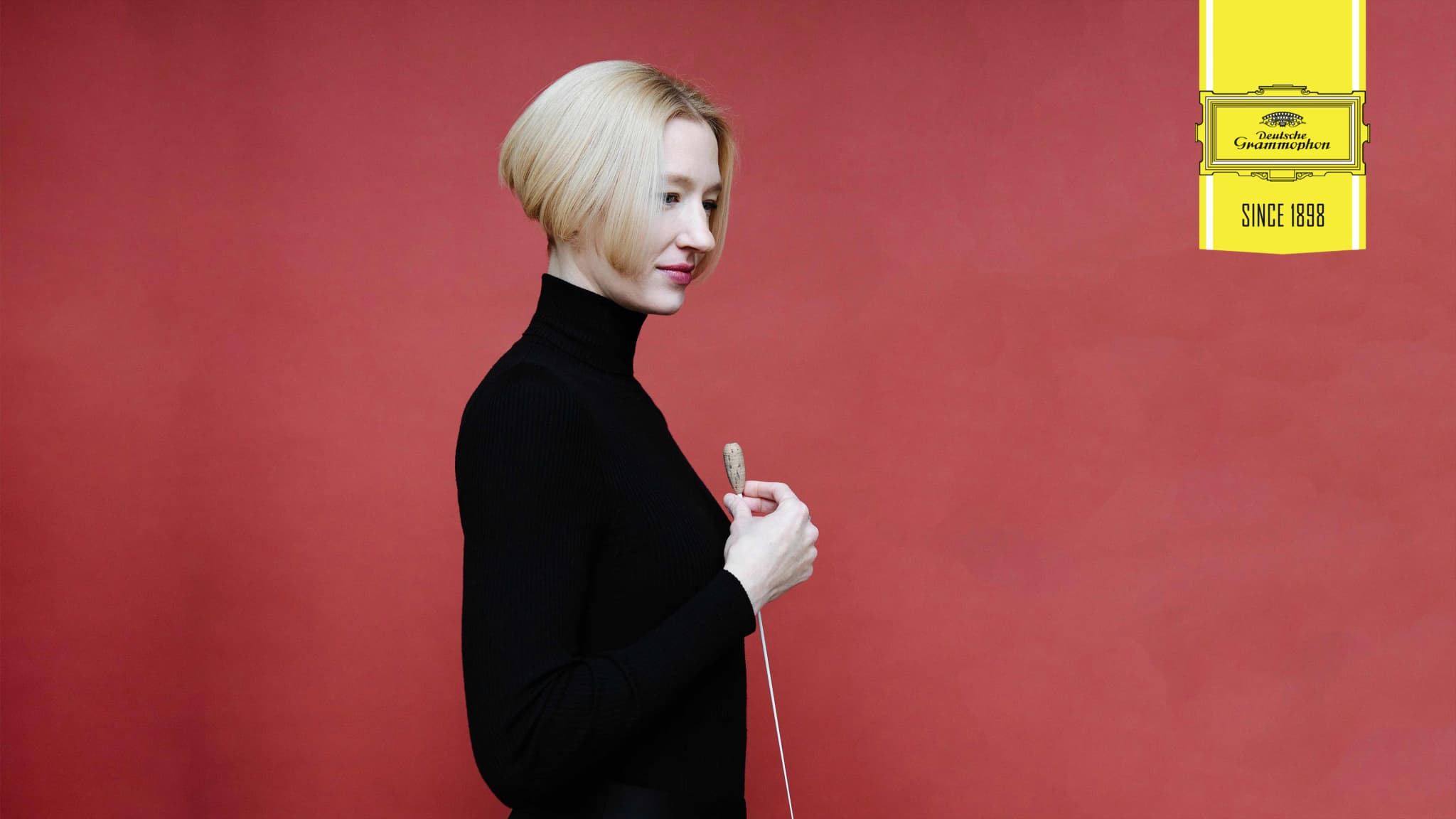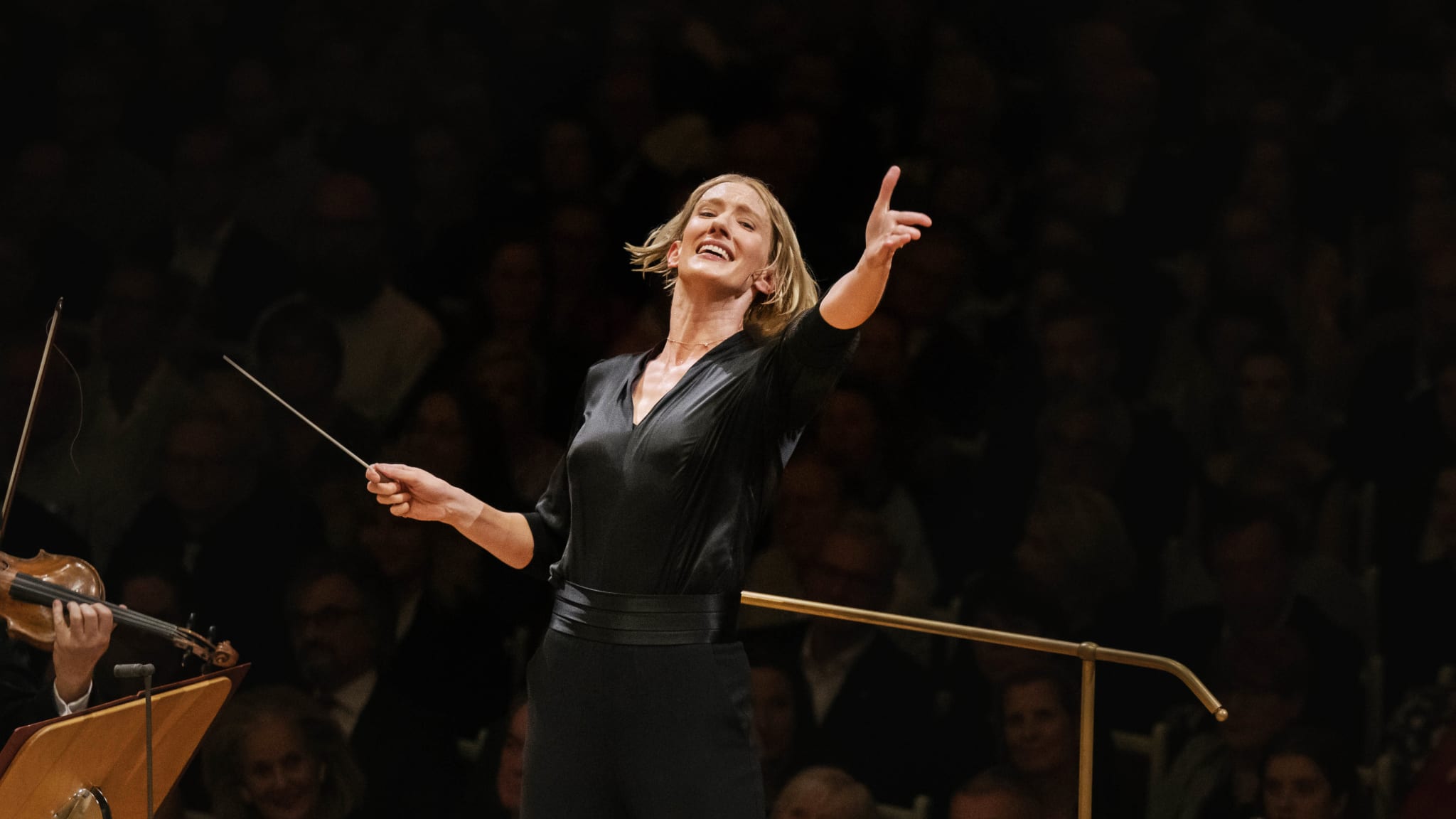Album insights
Composers who possess the technical skill, enthusiasm, mental focus, and sheer physical strength to compose a symphony typically do not stop at just one. External circumstances, such as public and professional apathy, poor presentation of their works, negative reviews, or a combination of these factors, often hinder them from writing a second symphony. Unfortunately, in both cases discussed here, the premature deaths of Jan Václav Voríšek and Juan Crisóstomo Jacobo Antonio de Arriaga y Balzola cut short highly promising careers that could have witnessed a plethora of outstanding symphonies. Voríšek and Arriaga not only each wrote only one symphony but also died within two months of each other, both succumbing to tuberculosis.
The two composers share many eerie similarities. Arriaga's birth on January 27, 1806, coincided with Mozart's fifty years earlier, and Voríšek was born on May 11, 1791, just a few days short of seven months before Mozart's death. Both died abroad within two months of each other, Arriaga in France and Voríšek in Austria, their deaths caused by tuberculosis. However, beyond these numerical, geographical, and medical coincidences, it is the musical quality that truly matters. While many composers' sole symphonies failed to withstand the competitive music scene and the time's cynical disregard for artistic merit, the unique symphonic endeavors of these two composers have secured a respected place in the repertoire of many modern orchestras.
Voríšek, born in Wamberg, East Bohemia, showed prodigious talent similar to Mozart, excelling as a pianist, violinist, and music teacher by the age of fifteen. His studies in philosophy and law intended for a legal career but a twist of fate, led by his philosophy teacher F.X. Nemecek, shifted his path towards music. Despite chronic illness plaguing him since 1811, Voríšek's musical career flourished, eventually gaining recognition within the Viennese musical scene. In contrast, Arriaga, born in Bilbao, composed his only opera at the age of fourteen and moved to Paris in 1821 to study music under prominent figures, where his talent shone, despite his untimely death.
Arriaga's symphony, typically noted in D major, showcases a blend of classical and modern elements, reflecting a tone akin to "Sturm und Drang," highlighting his individuality. In contrast, Voríšek's symphony avoids imitating Beethoven's style and delves into his Czech heritage, aligning himself as one of the early Czech nationalists in music. The intricate structures and melodic richness signify their unique contributions to the musical landscape of their time.
Both Voríšek and Arriaga left behind remarkable legacies with their sole symphonies, embodying their distinct styles and influences from the musical environment around them. Their untimely deaths may have left their potential unfulfilled, but their symphonic works stand as testaments to their creative brilliance.


